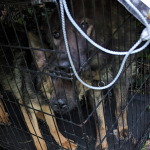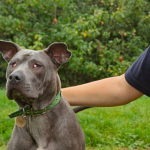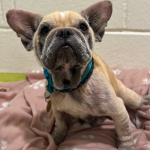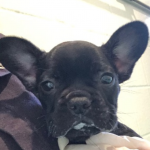
Basic First Aid Every Pet Owner Should Know!
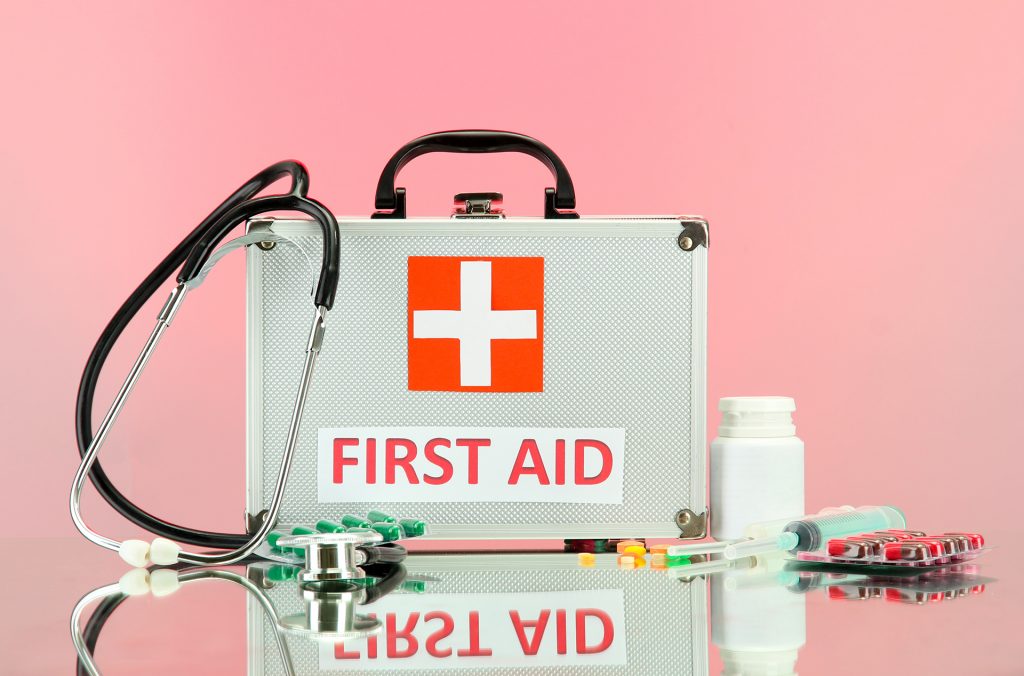
Learning basic first aid and how to act in an emergency situation is a must for every pet owner.
This is no substitution for great veterinary care and it’s important to ensure your pet has access to the professional treatment they need, but we want to empower our readers with the knowledge of how to handle some common situations where fast action can make the difference between life and death.
Firstly it’s important to always be prepared. Keep your vet’s phone number handy and make sure you know their opening hours and emergency contact numbers ahead of time.

Consider creating a couple of first aid kits to keep in handy places at home or in your car in case you need them.
They should include:
- Bandages and scissors (blunt-ended)
- Self-adhesive tape
- Vinyl gloves
- Cotton wool
- Wound wash
- Tick tweezers
- Foil blanket
- Antiseptic wipes
- A blanket for keeping your pet warm or to use as a stretcher
As a general guide, the following principles be helpful in most situations:
- Keep calm if possible – emergency situations can be incredibly stressful but try not to pass any of these feelings onto your pet
- Assess the situation
- Call your vet
- Give your pet any help you can in the meantime
- Reassure your pet – they might be scared or on edge. Try soothing them in a calm, gentle voice and stay within sight so they know you’re there.
Burns
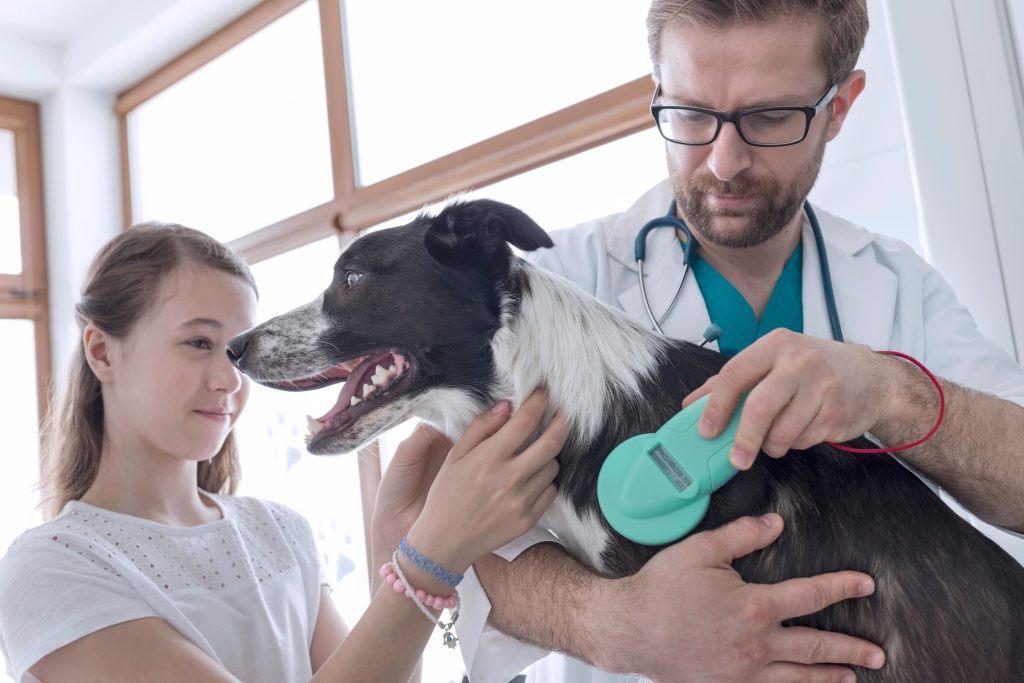
Burns can be incredibly painful and become infected very easily, so if your pet has been burnt, apply first aid immediately and always contact your vet.
What to do if your pet gets burnt:
- Remove your pet from whatever is burning them; if it’s a chemical, wash it off with lots of water.
- Check for any other injuries or symptoms and begin to cool burnt skin by running water over the area or submerging it in water. Never use ice or iced water, and make sure your pet stays warm by wrapping them in a blanket if possible. Do this for at least 10 minutes.
- If you think the wound may get dirty on the journey, cover it loosely in clingfilm, and make an emergency appointment to see your vet.
Choking

The risk of choking can be greatly reduced by being mindful of what your pet has in their environment
Always choose toys and balls that are the appropriate size for your pet and supervise them when they’re playing. In particular, take great care with rawhide chews and bones, as these can be particularly dangerous.
If you do think your pet is choking, it’s best to act quickly. They may be making choking sounds, having difficulty breathing, and pawing at their throat. If they can still breathe in, it’s likely that they’re coughing; if they can’t breathe at all, fast action is vital. In more serious cases, you may notice their lips, tongue or gums turning blue.
● Keep your pet calm – choking pets may panic and try to bite.
● Try to remove anything obvious from their mouths using pliers or tweezers to reduce the chance of getting bitten.
● If your pet is unconscious, open their mouth and gently sweep your fingers across the back of their throat to try to remove anything wedged there.
● If you can’t remove the item, lay your pet on their side and place both hands on the side of their rib cage. With quick and firm, but not excessive, pressure, push against their ribcage a few times, to try to encourage air and any lodged item to push out of their lungs and back up into their mouths. Keep trying this until the item is removed or until you can get your pet to the vet.
Heatstroke
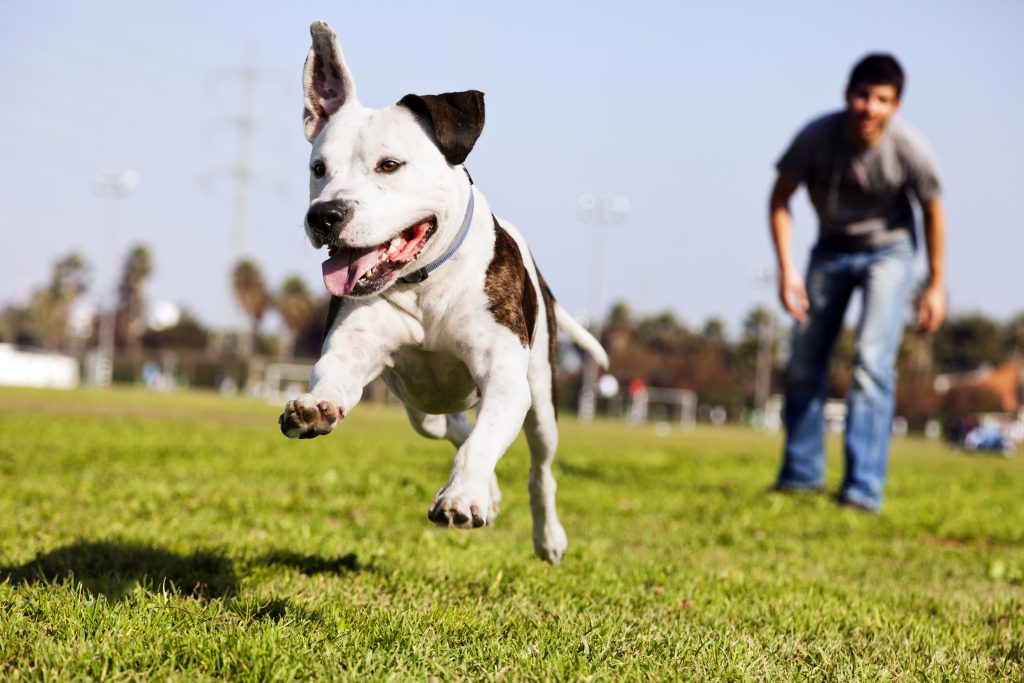
Keep a particularly close eye on your pets in hot weather, especially if they are overweight, have a thick coat or are flat faced, as these characteristics all make them especially vulnerable.
If you see any of the following signs, contact your vet immediately:
● Excessive panting
● Foaming at the mouth
● Bright red gums
● Shaking
● Weakness and collapse
● Confusion
● Vomiting and diarrhoea
● Seizures
In the meantime, you can also take the following steps to safely start cooling your dog down:
● Move them into a cool space that is out of direct sunlight
● Give them access to cool water to drink and a wet towel to lie on
● Use a fan to cool the air around them
● Slowly wet their feet, ears and fur, and once they start to cool down you can pour cool water over their body
Never use ice or cold water to cool your dog down, as it could cause them to go into shock.
Seizures

Many pets will go their whole lives without experiencing a seizure, but if your dog or cat suffers from this condition they can be upsetting to witness.
Seizures are caused by activity in the brain and can vary a lot in their severity, effects and how long they last. In general, though, they could have one or more of the following symptoms:
● Muscle twitching
● A scared or vacant look on your pet’s face
● Collapse or lack of consciousness
● Urinating
● Drooling, rolling eyes
If your pet is experiencing a seizure, you can do the following:
● Stay calm and remove children or other pets from the area
● Clear a space around your pet so they can’t hurt themselves by striking anything
● Turn off lights if inside, making the room as dark as possible
● If you can, try to pad the area with pillows
● Avoid wrapping your pet in blankets as they can easily overheat during these episodes
● Don’t try to restrain your pet as you could accidentally hurt them
● Take care around your pets head area. Your pet is not aware of what’s going on and may snap
● Monitor how long the seizure lasts and try to take a video to show your vet
● Once the seizure stops, your pet will likely be quite dazed and will benefit from gentle soothing
● Call your vet as soon as the seizure has stopped, if the symptoms last more than 5 minutes, or if your pet has experienced multiple seizures in a short period
It’s important to seek veterinary care as soon as you can – the seizure may be a one off, or it may be a symptom of an underlying condition which needs further care.
Poisons and toxins

Unfortunately, normal environments can contain many chemicals, foods and plants which can be poisonous for our pets. For a guide on household items which can be dangerous for pets
If you suspect that your pet has come into contact with a toxic substance, do the following:
● Remove the substance – if it’s in their mouth, persuade them to drop it in exchange for a snack or toy. If it’s in their fur or on their body, remove it – acting quickly here could save their life.
● Check whether the substance is poisonous by looking online or calling the Animal Poison Line.
● If the substance is indeed dangerous, or if you can’t be sure, call your vet straight away – they will advise you on whether you need to make an emergency appointment. It can be helpful to take a sample of the substance or any packaging with you, so your vet can be sure of what your pet has come into contact with.
We hope this information was useful to you, if you are ever unsure about your pets health you should always contact your local vet for further advice.
Insect stings
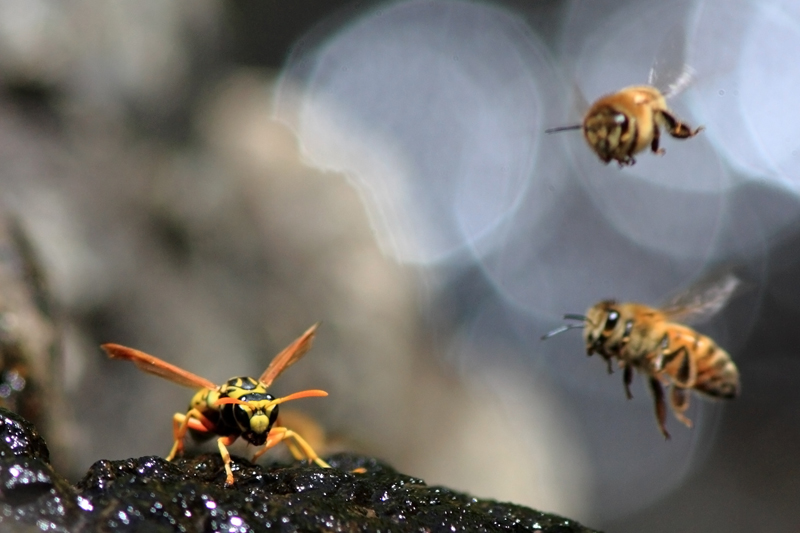
Insect stings are common in pets, especially dogs who aren’t always great at taking the hint when they’re not wanted!
Most stings pass without incident but, on occasion, they can cause allergic reactions, which can vary in severity and are even life threatening in some cases.
If your pet has been stung and you notice swelling (often around the face), a rash beginning to form or difficulty breathing, make sure you contact your vet ASAP.
Signs of less severe allergic reactions include mild swelling, drooling, and raised bumps or a skin rash. If you notice these, call your vet for advice.
Categories
- Appeals (6)
- Events (8)
- News & Updates (67)
- Happy Tails (23)
- Past Appeals (84)
- Past Events (95)
- Support & Advice (46)
- Challenge Events (2)
Recent Posts
Related posts

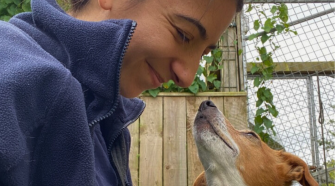
How to Prepare Your Home for a Rescue Dog
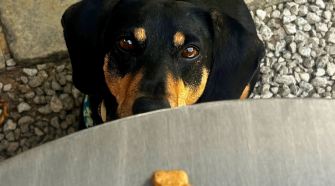
Dog-Friendly Places to Eat in the Cotswolds

Beat the Heat: Homemade Frozen Treats Your Dog Will Love

To report cruelty or an animal in distress call 0300 1234 999

















